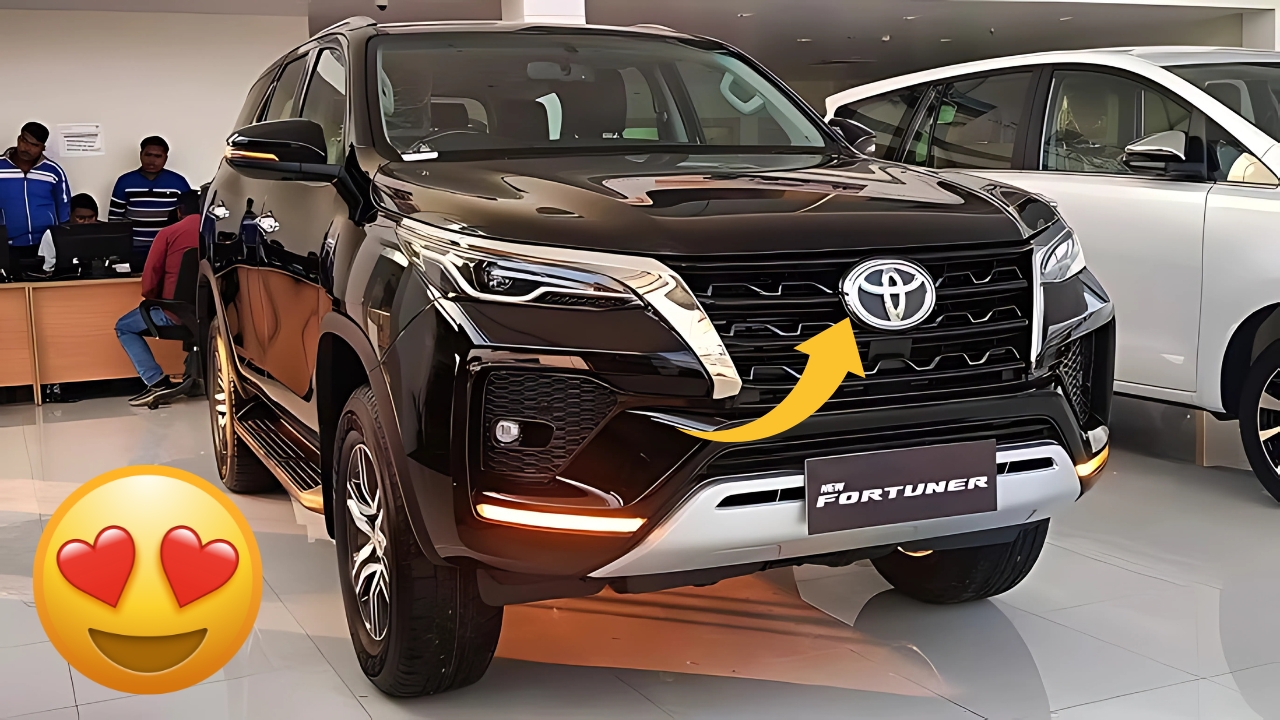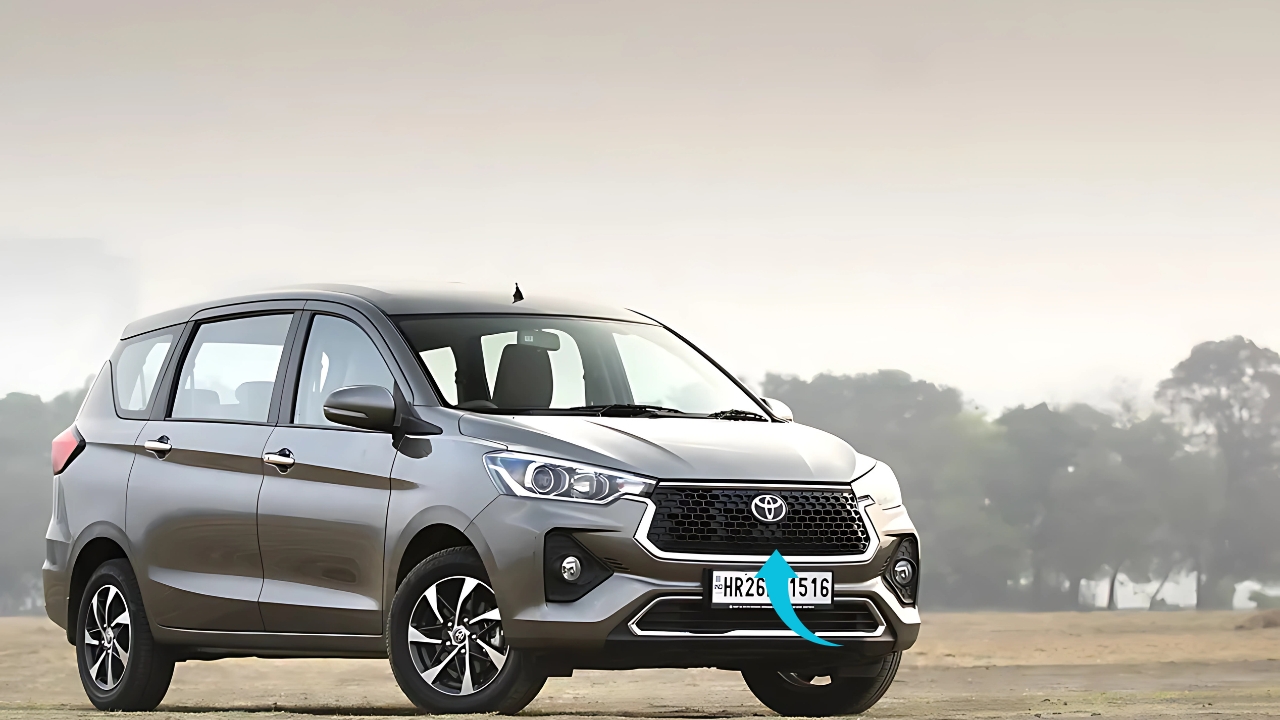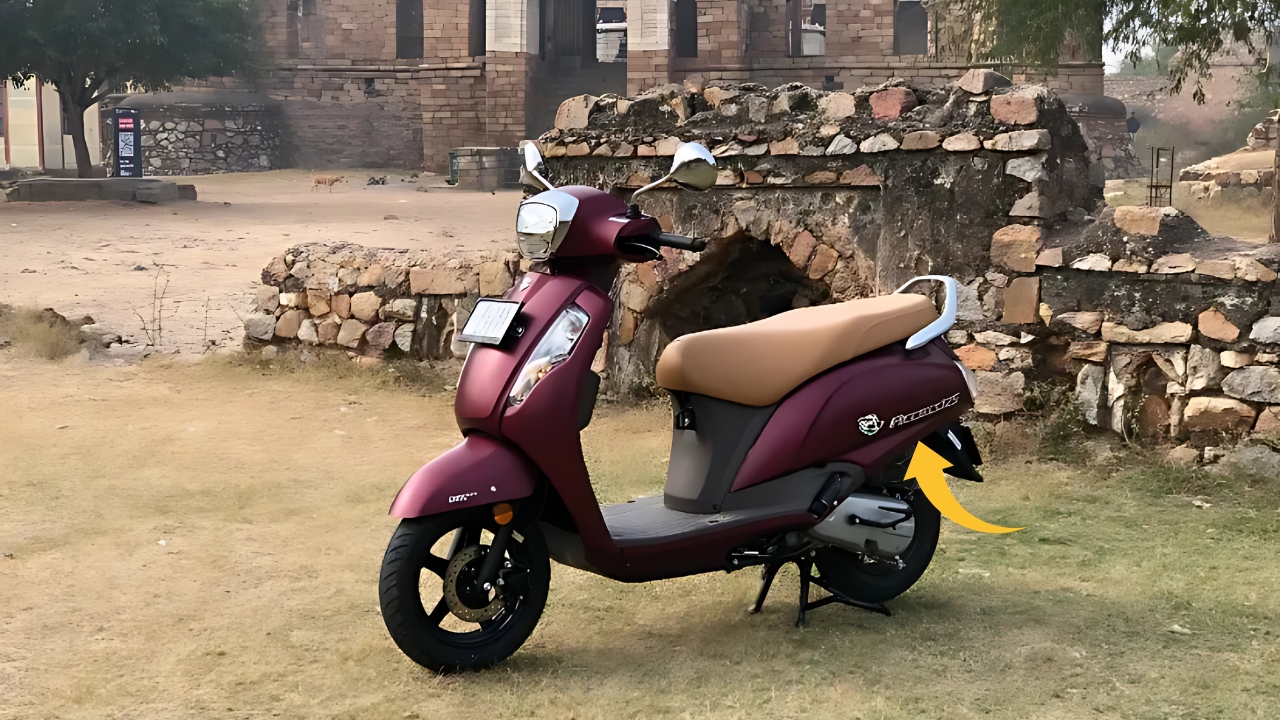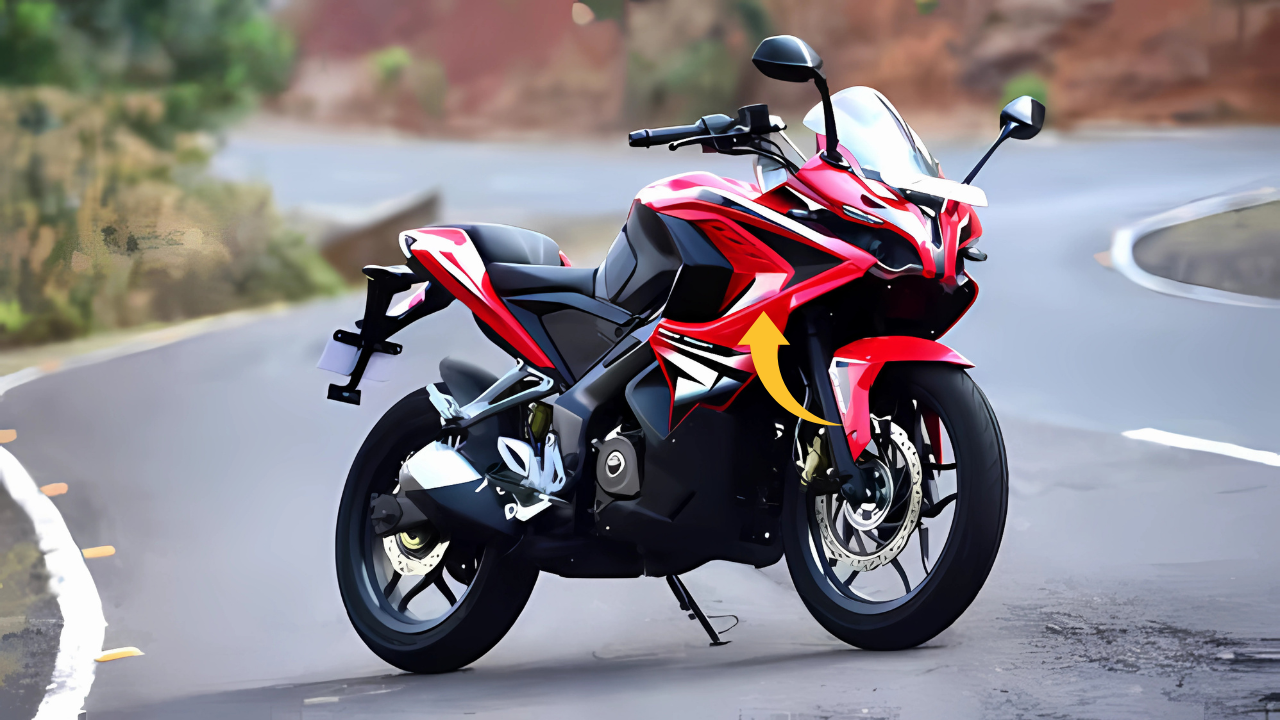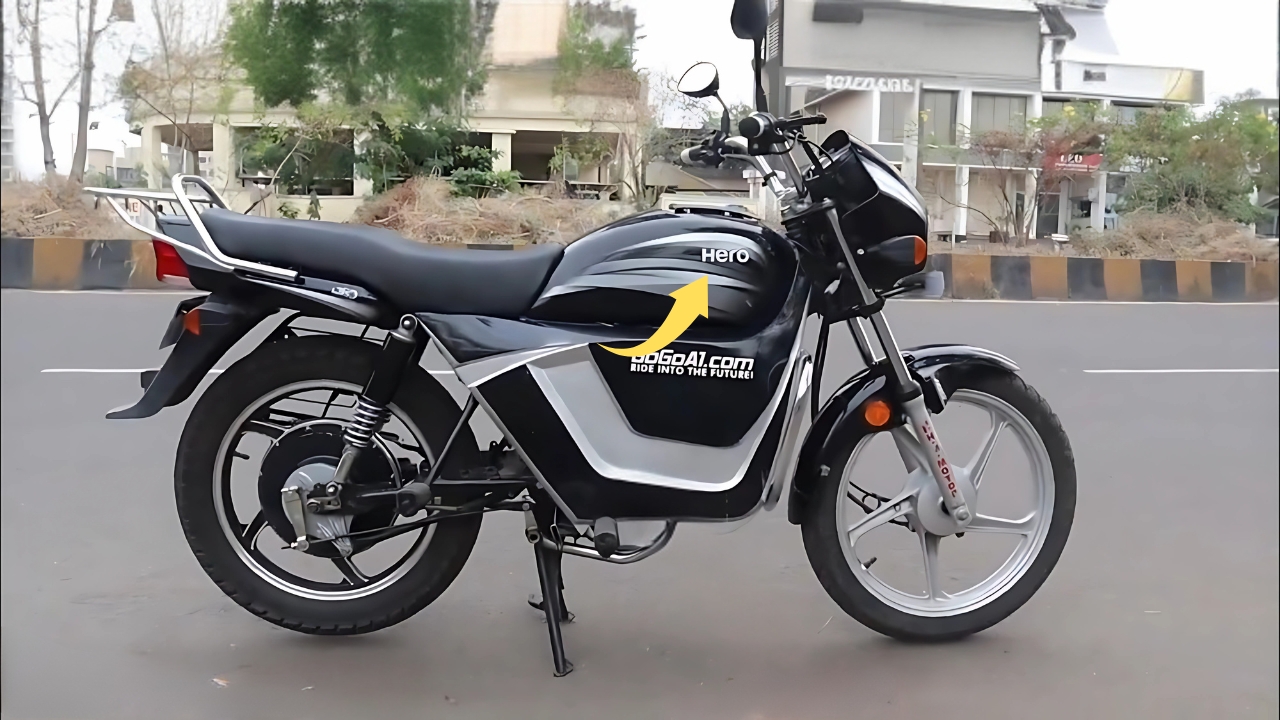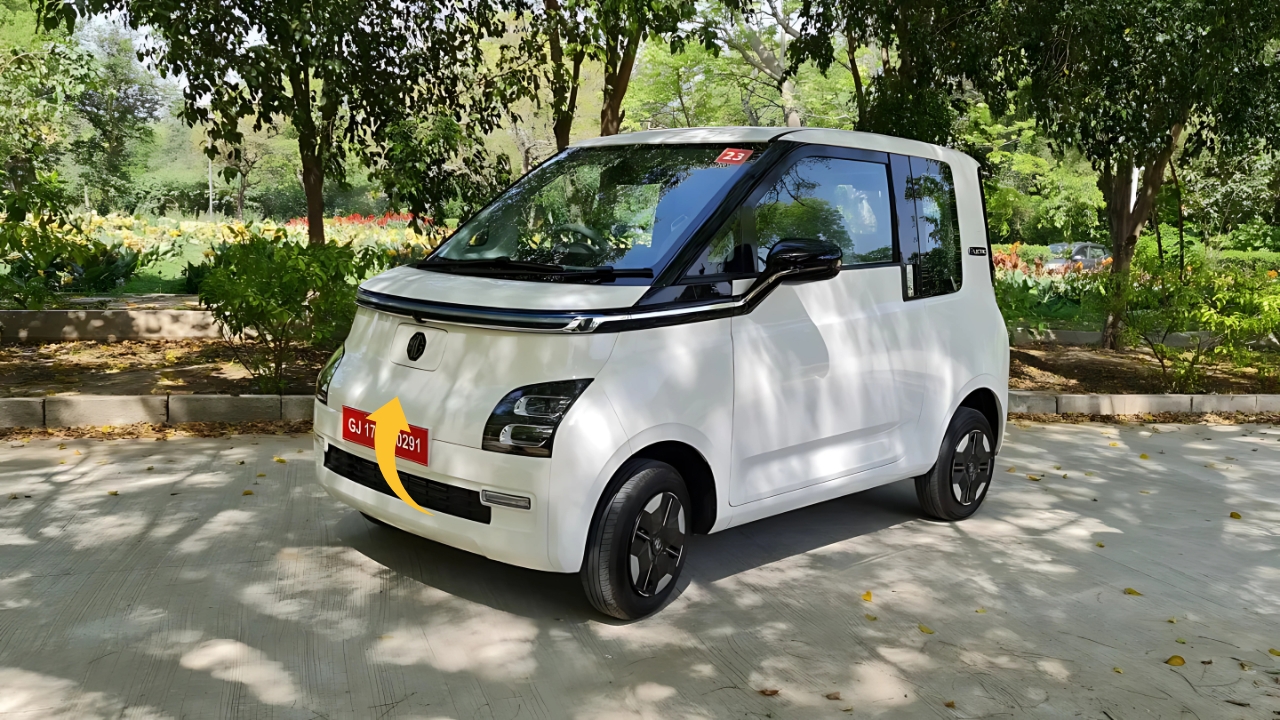Toyota Fortuner : It was a long time to wait but Toyota has now revealed its much anticipated new-generation Fortuner, bringing with it a completely new look sure to turn heads, along with more advanced drivetrains set to move the company’s number one SUV up the sales charts.
The unveiling after months of speculation and intermittent sighting of disguised test mules, is proof positive Toyota has in fact set its sites on elevating its already popular SUV’s status and resolving performance credentials challenged more directly by competition in recent years.
This complete overhaul – the first since 2016 – isn’t just cosmetic though – it’s an all-new creation as far as the Fortuner’s skeleton, tech integration, and driving characteristics go. Trend watchers see this metamorphosis of the Fortuner as Toyota’s latest, most no-holds-barred attempt to preserve its rugged ground against a foe of increasingly superior abilities among the commoners and the aristocracy.
Table of Contents
Toyota Fortuner Rakish Design Language Fro ments New Course
The most obvious, when you see the new Fortuner, is the dramatic style evolution. Out is the largely conservative look of of its predecessor in favour of a more spiritous, angular look, featuring elements of Toyota’s global design language whilst creating a very distinct identity all its own.
Up front is a bold hexagonal grille with fine patterned mesh, ringed by slender, angry-looking LED headlights that extend to the fenders, and wear signature LED daytime running lights. The hood features pronounced power bulges and more defined creases than it has before, giving the truck a bolder, more dominant look on the road.
From the side, the Fortuner retains its familiar profile, but with stronger character lines, more full-size wheel arches, and a little more swept roofline, it has a more commanding side profile while still retaining headroom inside. It now has an upward kink at the C-pillar on the window line which gives some visual interest to the greenhouse.
Raj Mehta, an automotive design consultant who has worked with a number of manufacturers, points to the subtle evolution: “What Toyota has managed to do here is interesting – they’ve made the Fortuner dramatically more modern and aggressive without alienating the existing customer base.
The styling is definitely more upmarket and emotive, but you can still tell it’s a Fortuner at a glance.”
At the back, linked LED taillights stretch across the width of the tailgate, forming a unique light signature at night. There’s faux skid plates in the bumper and the twin exhausts are neatly incorporated, instead of hanging underneath it – a small touch that adds to the grown up feel of the thing.
Wheel choices have also been expanded to include up 20-inchers in the higher trims, with several designs available, including a handsome machined finish available on the top-spec version.
Eight exterior color options will be available, two of which are new: Attitude Black and Emotional Red – both with a hint of metallic that transforms in different lighting.@ Seven Exterior Color Choices Include:Dazzling WhiteSilver
Toyota Fortuner Class-Leading Performance from Powerhouse Engine Options
But the bigger news is under the skin with Toyota addressing one of the most common criticisms levelled at the Fortuner, that while it competes in a more premium segment, it didn’t drive as well as its competitors.
At the heart of the range is an all-new 2.8-liter turbocharged diesel engine that provides a substantial 227 horsepower and 550 Nm of torque- around 22% and 19% more, respectively, in comparison to the outgoing model.
It is still mated to a heavily revised 8-speed automatic that replaces the old 6-speed, providing not just better acceleration but also higher fuel efficiency.
And for markets not as diesel mad, a new 2.7-liter turbo petrol with 275 hp and 430 Nm (318 lb-ft) should really spice the petrol Fortuner range for the first time.
The two engines are equipped with high technologies on the basis of the variable geometry turbo chargers, the integrated heat management systems and improved combustion chamber designs.
Hiroshi Nakamura, Vehicle Chief Engineer of the New Fortuner, describes the thinking behind the powertrain strategy: “It was obvious from the very beginning how important it was to listen to what our customers wanted and we were seeing that coming through clearly in terms of more power and torque but not at the expense of the levels of reliability and efficiency Toyota is so well known for.”
The task was finding a compromise, and that caused us to reengineer both powerplants, not just take the existing designs and throw in more boost.”
Now, as per the figures given, the diesel Fortuner can complete the 0-100 km/h run in 8.9 seconds—much, much better than before—while the petrol gets the same work done in 8.3 seconds. More pertinent to real-world driving, the extra grunt results in greatly improved overtaking acceleration and towing performance, braked towing capacity increasing to a maximum 3500 kg.
Toyota Fortuner Better On-Road Performance Preserved off the Road DNA
The Fortuner has always been respected for its off-road capabilities, and during this generation, Toyota engineers have put more effort into enhancing the on-road driving dynamics—a tacit admission that many owners are doing a lot more tar than trail miles.
The base ladder-frame structure is still there, helping maintain the rugged durability and serious off-road articulation for which the model is famous—this time with even more high-strength steel, and revised mounting points that save weight and improve torsional rigidity by about 28 percent.
The geometry of the suspension is also completely new, featuring multilink at the rear (no solid axle any more), which is designed to reduce body roll when you tip it into a bend yet maximise the wheel movement you get when you are off road.
The previous fixed-ratio system is ditched in favor of variable-flow power steering, which improves feedback while cruising on the highway and makes it easier to steer in parking lots.
And from there to the miracle — veteran automobile journalist Rahul Shrivastava, who attended a controlled preview drive event, reports the transformation is earthshaking: “The change in on-road attitude is instantly visible. There’s far less body roll in corners and the steering is somehow even more connected to the front wheels.
It’s still obviously a body-on-frame SUV (not a crossover, as Manb, but the chasm in on-road refinement has been significantly narrowed.
It also doesn’t fall to pieces should the trail turn a bit more tasty, so off-roaders can rest assured they’re not being ignored in pursuit of better on-road manners.
The ride height is actually up marginally to 245mm, and the approach and departure angles have been retained despite the redesign. The Multi-Terrain Select system has also benefited from added modes and revised hill descent control programming.
Toyota Fortuner Premium cabin keeps up with its exterior ambitions
It is inside where all the hard work has been done on the new Fortuner. The transformation touches every part of the interior and centers on higher levels of detail i premium materials, new technologies and major improvements in the way everything is put together.
The dashboard is now predominantly laid out horizontally, with a 12.3-inch infotainment touchscreen that appears to hover above the center stack.
There are still physical climate controls — a wise choice given the preference both for having tactile buttons and being able to turn a dial (like with gloves) and operate something over rough terrain. Higher trims feature quality leather seating with contrasting stitching or a credible synthetic alternative for the base model.
Top spec cars now include heated and cooled seats up front, and the second row of seats has been susbstantially improved in terms of legroom thanks to revised packaging. The third row is still more suitable for occasional use by smaller passengers, although access is easier now with a second row that provides even easier access via a new folding mechanism.
Tech integration is next level thanks to wireless-wireless Apple CarPlay and Android Auto, along with a 10.1-inch digital instrument cluster and wireless phone charging, and an impressive 11-speaker JBL premium audio system on the upper trim levels.
For off-pavement work, the Toyota Safety Sense suite adds adaptive cruise control, lane keeping assist, blind spot monitoring, rear cross-traffic alert, and a better 360-degree camera system—complete with unique off-road view modes.
Toyota Fortuner STATEMENT POSITIONING AND AVAILABILTY IN STORES
The New Fortuner Upgrades in most Competitive Markets Globally Offered in most of those countries where the new Fortuner is available, the new model will become Toyota’s odalisque SUV henceforth in showrooms, with average price increases of 7-12% specific to trim levels, but that correspond to the massive product improvements.
Pre-orders will also open in September, with Toyota already expecting a solid queue of eager customers, after conducting private demonstrations with the current Fortuner owners. Production will focus on diesel options to start with before being joined by petrol equivalents about three months afterwards.
Vikram Mehta, an industry analyst, believes that the redesign reshapes Toyota’s standing in the premium SUV segment: “The timing is extremely opportune, as a number of competitors are in the middle of typical product life cycles.
With modern design combined with greatly improved powertrains and Toyota’s reputation for bulletproof reliability the new engines and transmissions bring, the Toyota crew definitely has a winner on its hands that should help it not only retain but perhaps even increase sales as it deals with the additional assault launched by competitors.”
For Toyota though, the latest Fortuner is more than mere refresh of a well-loved nameplate; it is instead a demonstrative affirmation of its promise to balance its long-standing strengths with the evolving needs and requirements of sophisticated modern premium SUV buyers who expect cutting-edge driving dynamics, technology, and design without losing sight of purpose.
